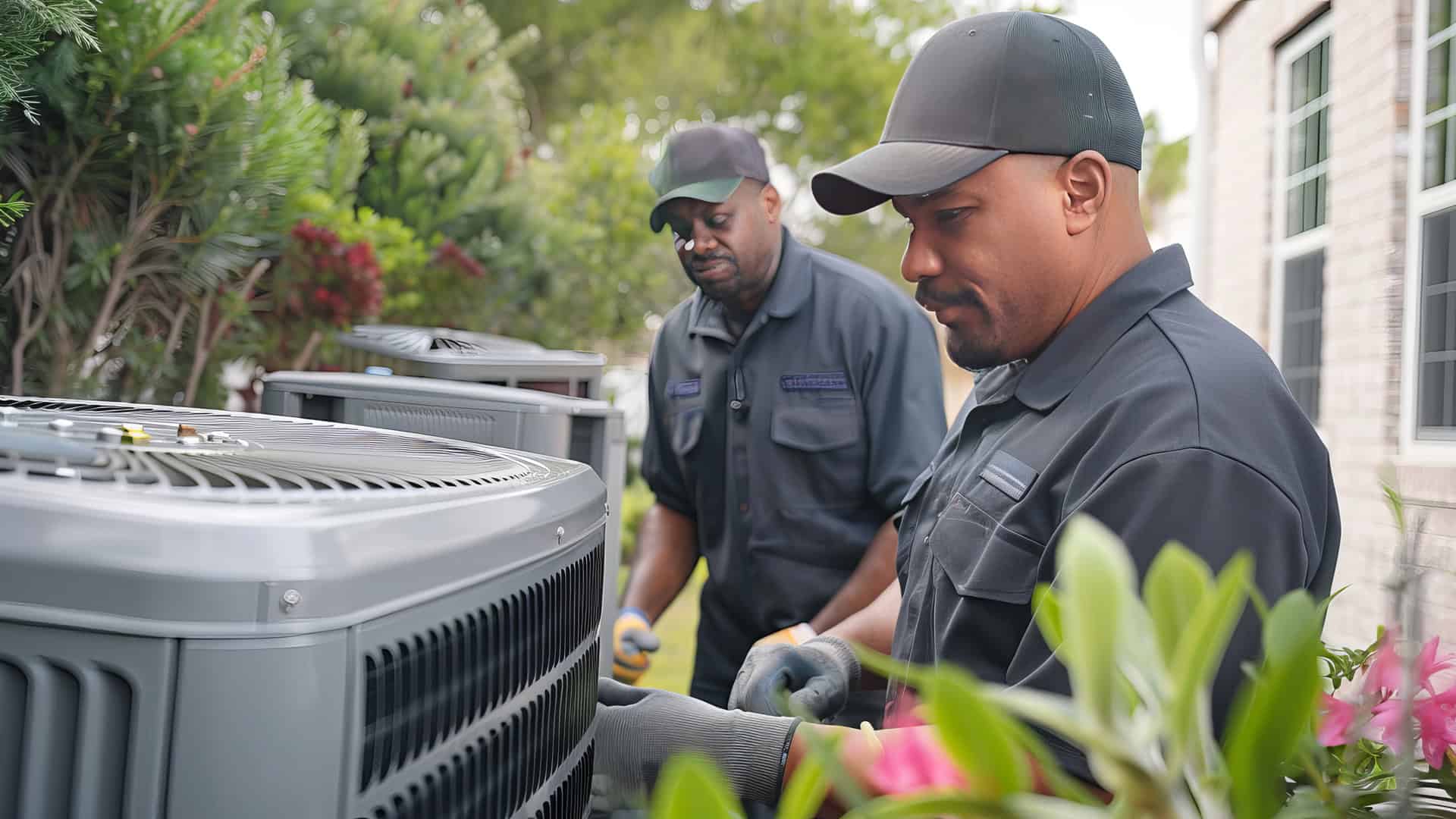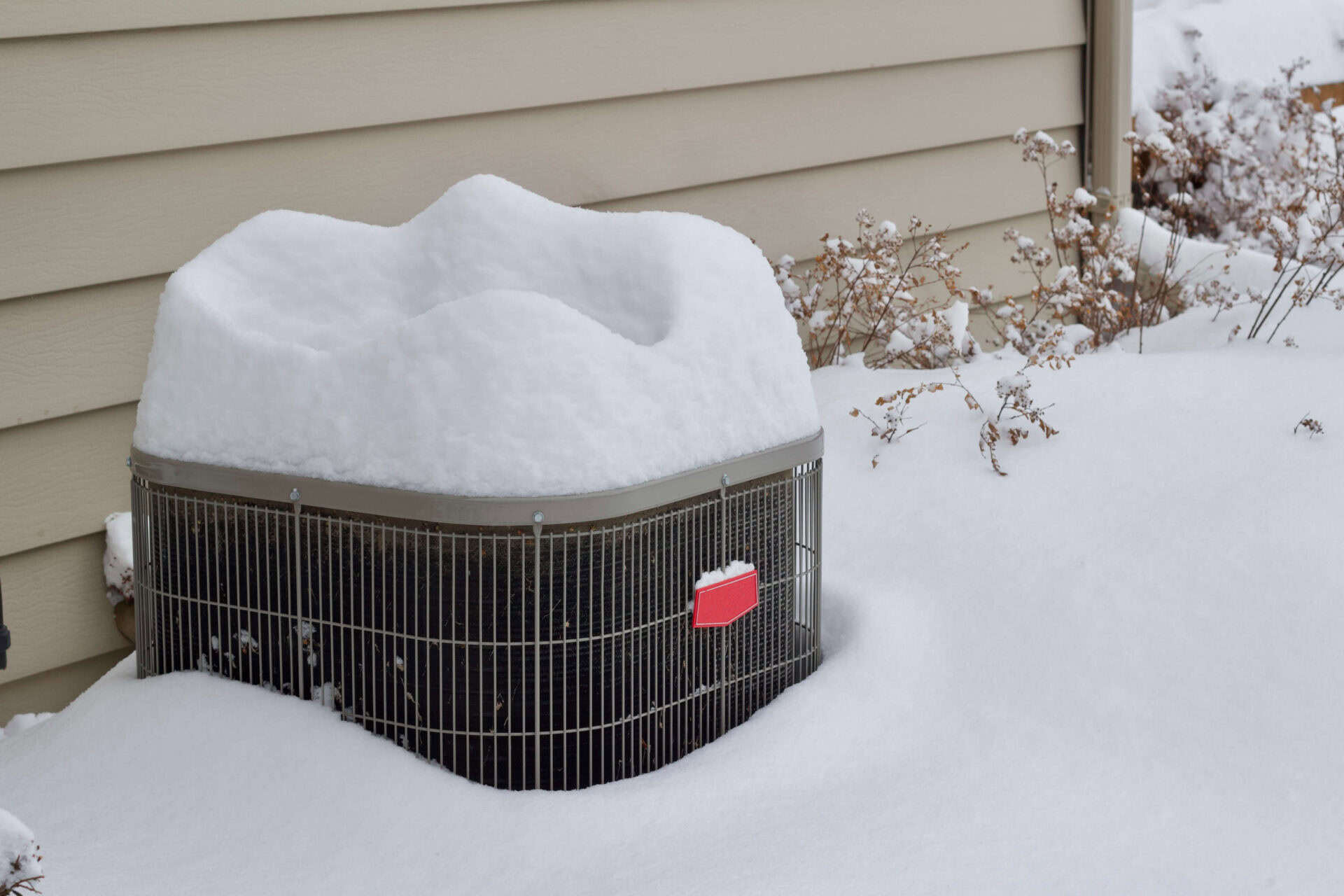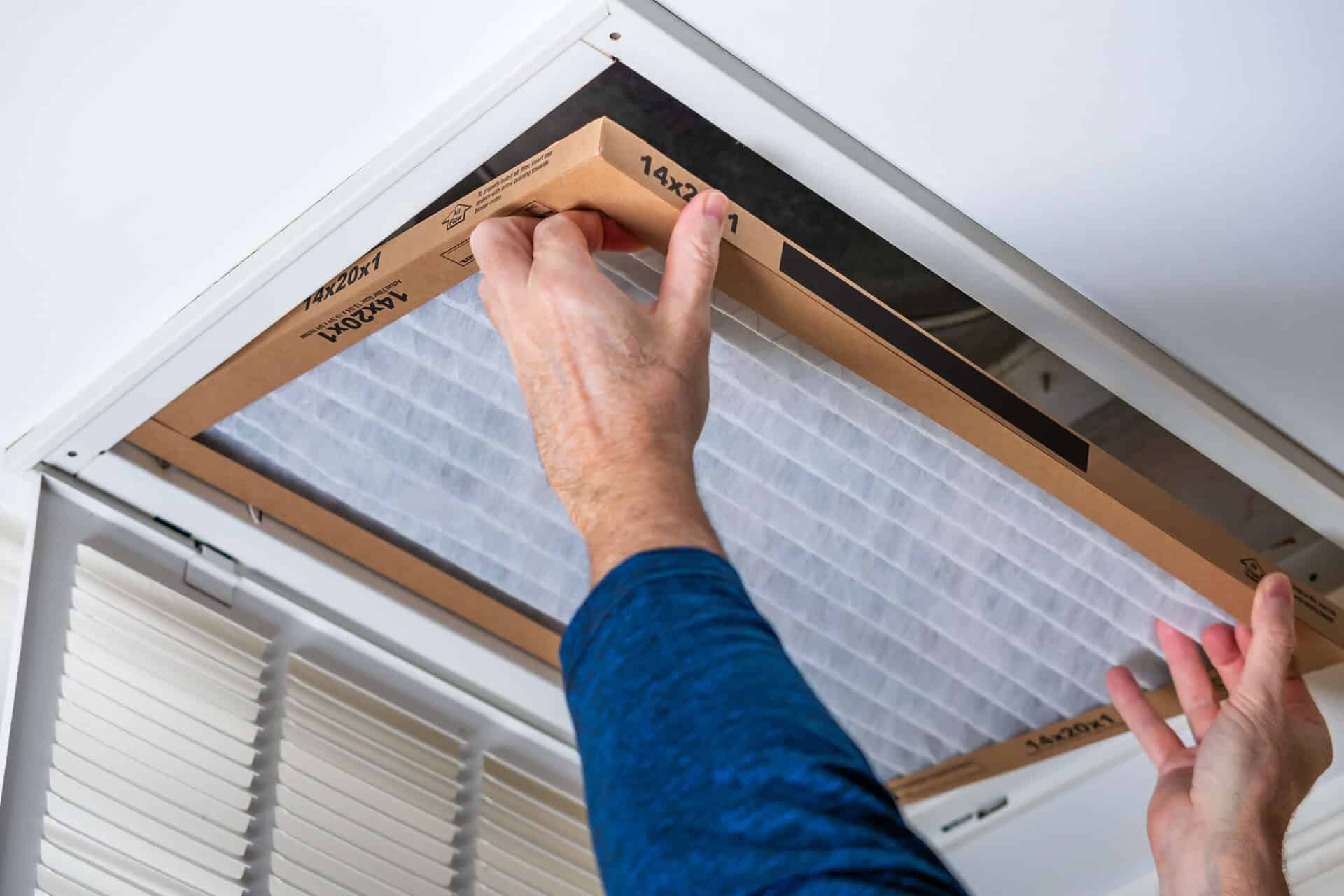Selecting the right HVAC (Heating, Ventilation, and Air Conditioning) system for your home is an important decision that affects comfort, energy efficiency, and long-term costs. With a wide variety of options available, finding the best fit can be overwhelming. Whether you live in a hot or cold climate, have a large or small home, or are looking for energy-efficient solutions, understanding the different types of HVAC systems and their benefits is crucial. In this guide, we’ll walk you through the key considerations for choosing an HVAC system, the different types available, and how to maximize efficiency and longevity.
Understanding Your HVAC Needs
Before investing in an HVAC system, it’s essential to assess your home’s specific heating and cooling requirements. The first factor to consider is climate. If you live in a colder region, a high-efficiency furnace or heat pump may be the best choice, while homes in hotter climates may benefit from a central air conditioning system or a ductless mini-split unit. For areas with moderate temperatures, a dual-function HVAC system like a heat pump can provide year-round comfort.
Another key consideration is the size and layout of your home. Larger homes require more powerful systems to effectively heat and cool every room, while homes with open floor plans may need zoning controls to maintain consistent temperatures. Multi-story homes, in particular, can benefit from multi-zone systems, which allow for customized temperature settings on each floor.
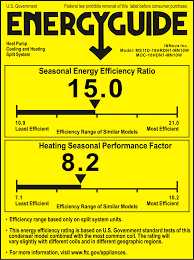 Energy efficiency is another important factor. Systems with higher SEER (Seasonal Energy Efficiency Ratio) ratings for cooling and AFUE (Annual Fuel Utilization Efficiency) ratings for heating provide better performance while reducing energy consumption. Choosing an Energy Star-certified model can help lower your utility bills and reduce your carbon footprint.
Energy efficiency is another important factor. Systems with higher SEER (Seasonal Energy Efficiency Ratio) ratings for cooling and AFUE (Annual Fuel Utilization Efficiency) ratings for heating provide better performance while reducing energy consumption. Choosing an Energy Star-certified model can help lower your utility bills and reduce your carbon footprint.
Types of HVAC Systems
When selecting an HVAC system, it’s important to understand the different types available and their benefits.
A central air conditioning system is one of the most common options for larger homes with existing ductwork. It provides efficient and even cooling throughout the home, but it requires professional installation and regular maintenance.
For homes without ductwork, ductless mini-split systems offer a great alternative. These systems allow for zoned temperature control, making them highly energy-efficient. While they have a higher upfront cost, they can significantly lower energy bills in the long run.
Another versatile option is a heat pump, which functions as both a heater and air conditioner. Heat pumps are ideal for moderate climates, as they provide energy-efficient heating in winter and cooling in summer. However, they may not be as effective in extremely cold temperatures.
For homes in colder climates, a furnace is a reliable choice. Furnaces use gas, oil, or electricity to provide heating and require proper ventilation to operate safely. Regular maintenance is necessary to ensure efficiency and longevity.
If you’re looking for an energy-efficient solution, a hybrid system that combines a heat pump with a furnace can offer the best of both worlds. This system automatically switches between fuel sources based on temperature, optimizing energy use while keeping your home comfortable year-round.
For homeowners seeking the most sustainable and long-term energy-efficient option, geothermal HVAC systems utilize underground heat to provide consistent heating and cooling. Although they have high initial installation costs, they offer exceptional energy savings and a long lifespan.
Key Factors to Consider When Choosing an HVAC System
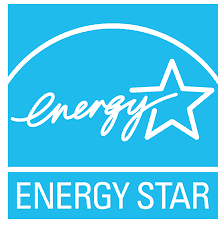 Several factors should be taken into account when selecting an HVAC system. Efficiency ratings play a significant role in determining long-term energy costs. Systems with high SEER and AFUE ratings consume less energy, which translates to lower utility bills. Choosing an Energy Star-certified model ensures that the system meets strict energy efficiency standards.
Several factors should be taken into account when selecting an HVAC system. Efficiency ratings play a significant role in determining long-term energy costs. Systems with high SEER and AFUE ratings consume less energy, which translates to lower utility bills. Choosing an Energy Star-certified model ensures that the system meets strict energy efficiency standards.
Another consideration is installation costs versus long-term savings. While high-efficiency HVAC systems may have a higher initial price tag, they often lead to substantial energy savings over time, making them a smart investment.
Maintenance requirements should also be factored in. Some systems, like ducted HVAC units, require regular duct cleaning, while ductless mini-splits may only need occasional filter changes. Scheduling annual professional tune-ups can help keep any system running efficiently and extend its lifespan.
Modern HVAC systems often come with smart features and zoning capabilities. Programmable thermostats, for example, allow homeowners to set specific temperature schedules to optimize energy use. Some systems also support Wi-Fi-enabled controls, enabling remote temperature adjustments via a smartphone. Additionally, multi-zone systems provide individualized temperature control for different areas of the home, enhancing overall comfort.
For homeowners concerned about noise levels, ductless mini-splits and geothermal systems are among the quietest HVAC options available. Choosing a system with low decibel levels ensures minimal disruption in living spaces.
Installation Considerations
When installing an HVAC system, it’s essential to determine whether your home requires ductwork or a ductless system. If your home already has ductwork in place, a central HVAC system may be the most cost-effective solution. However, for homes without existing ducts, a ductless mini-split or geothermal system may be a better fit.
Since HVAC installation is complex and often requires permits, it is highly recommended to hire a professional installer. Improper installation can lead to inefficiency, higher energy costs, and potential safety hazards. Additionally, checking warranty and service plans can provide peace of mind and help cover future repair costs.
HVAC System Costs and Budgeting
The cost of an HVAC system varies depending on the type of unit, installation requirements, and energy efficiency ratings.
- Central AC systems typically cost between $3,500 and $7,500, making them a solid choice for larger homes.
- Ductless mini-split systems range from $2,000 to $10,000, depending on the number of indoor units required.
- Heat pumps fall between $4,000 and $10,000, offering efficient heating and cooling in moderate climates.
- Furnaces cost between $2,500 and $6,000, with natural gas options being more affordable in the long run.
- Hybrid systems range from $6,000 to $12,000, providing excellent efficiency and year-round comfort.
- Geothermal systems are the most expensive, with installation costs between $10,000 and $30,000, but they offer the highest efficiency and sustainability.
Maintaining Your HVAC System for Optimal Performance
To ensure longevity and efficiency, regular HVAC maintenance is essential. Changing air filters every 1-3 months helps maintain airflow and improves indoor air quality. Scheduling annual professional tune-ups can prevent breakdowns and keep the system running smoothly. You can sign up for one of our maintenance plans here based on your needs.
Ductwork should be cleaned periodically, and any leaks should be sealed to prevent energy loss. Additionally, checking windows and doors for insulation issues can help improve HVAC efficiency by reducing temperature fluctuations.
Recap
Choosing the right HVAC system for your home requires careful consideration of climate, home size, energy efficiency, and budget. Whether you opt for a central air system, heat pump, ductless mini-split, or geothermal solution, selecting a system that meets your specific needs will ensure optimal comfort and long-term cost savings. Professional installation and regular maintenance will help maximize efficiency and extend the lifespan of your HVAC system. By making an informed decision, you can create a comfortable and energy-efficient home for years to come.
If you’re unsure which HVAC system is best for your home, consulting with an HVAC professional can help you find the perfect solution!
